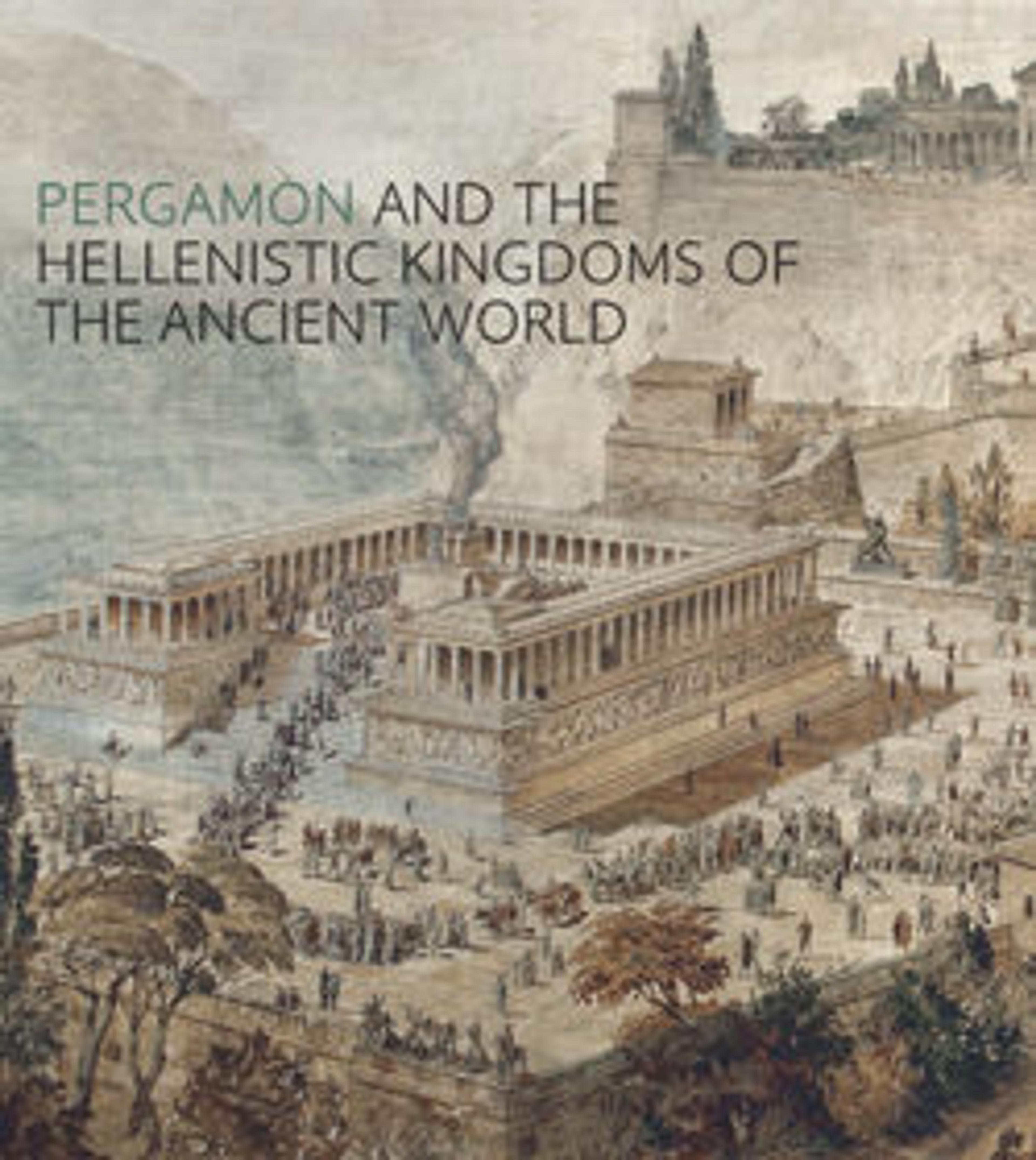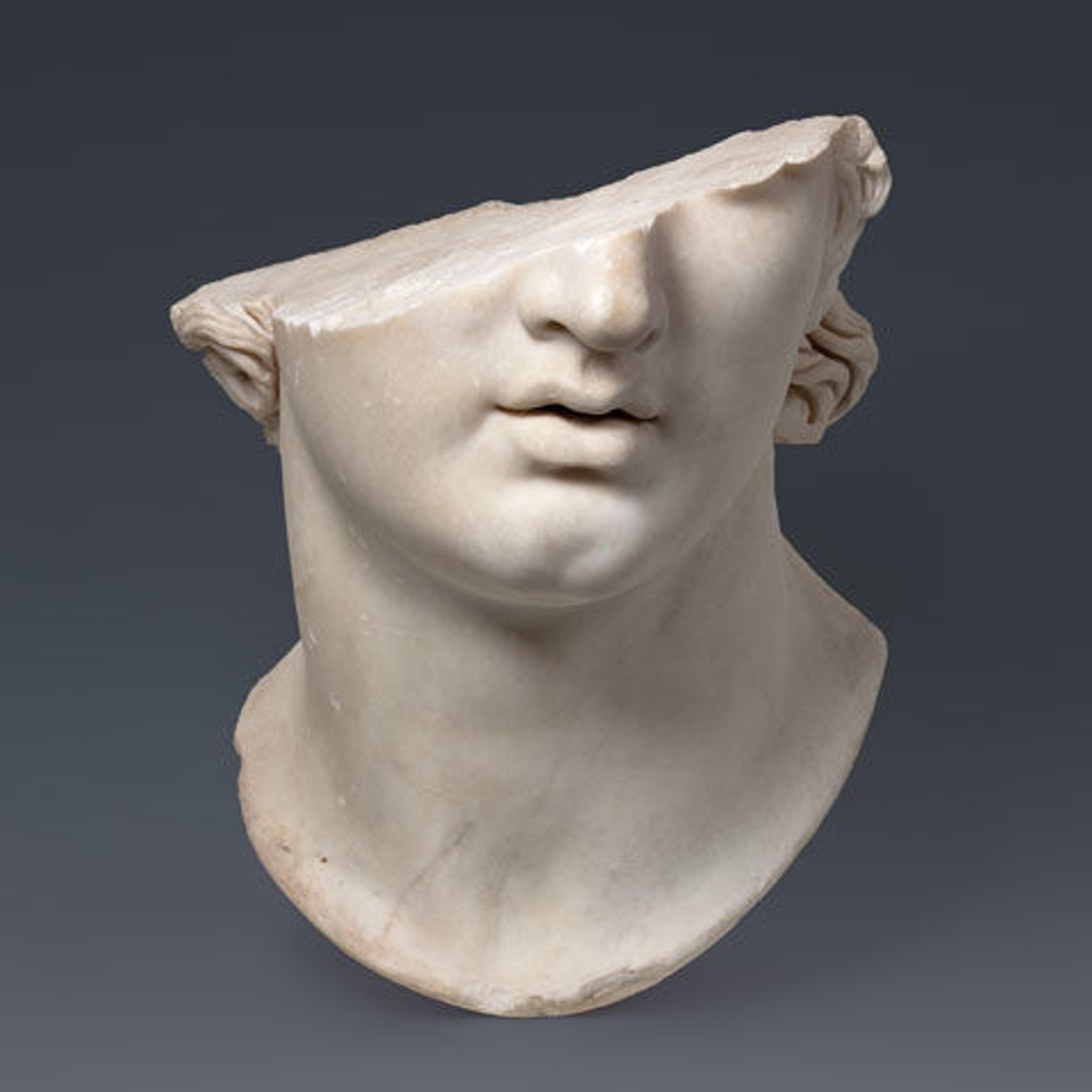
Pergamon and the Hellenistic Kingdoms of the Ancient World
The Hellenistic period—the nearly three centuries between the death of Alexander the Great, in 323 B.C., and the suicide of the Egyptian queen Kleopatra VII (the famous "Cleopatra"), in 30 B.C.—is one of the most complex and exciting epochs of ancient Greek art. The unprecedented geographic sweep of Alexander's conquests changed the face of the ancient world forever, forging diverse cultural connections and exposing Greek artists to a host of new influences and artistic styles. This beautifully illustrated volume examines the rich diversity of art forms that arose through the patronage of the royal courts of the Hellenistic kingdoms, placing special emphasis on Pergamon, capital of the Attalid dynasty, which ruled over large parts of Asia Minor. With its long history of German-led excavations, Pergamon provides a superb paradigm of a Hellenistic capital, appointed with important civic institutions—a great library, theater, gymnasium, temples, and healing center—that we recognize today as central features of modern urban life.
The military triumphs of Alexander and his successors led to the expansion of Greek culture out from the traditional Greek heartland to the Indus River Valley in the east and as far west as the Strait of Gibraltar. These newly established Hellenistic kingdoms concentrated wealth and power, resulting in an unparalleled burst of creativity in all the arts, from architecture and sculpture to seal engraving and glass production. Pergamon and the Hellenistic Kingdoms of the Ancient World brings together the insights of a team of internationally renowned scholars, who reveal how the art of Classical Greece was transformed during this period, melding with predominantly Eastern cultural traditions to yield new standards and conventions in taste and style.
Met Art in Publication
Citation
Picón, Carlos A., Seán A. Hemingway, and Metropolitan Museum of Art (New York, N.Y.), eds. 2016. Pergamon and the Hellenistic Kingdoms of the Ancient World. New York: The Metropolitan Museum of Art.
